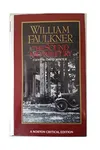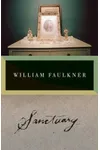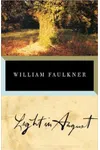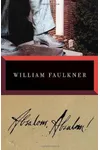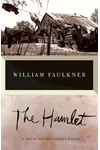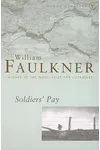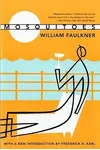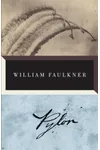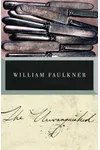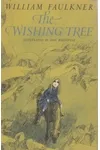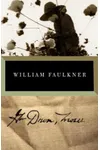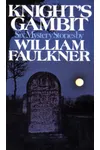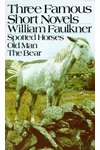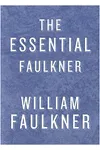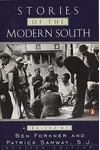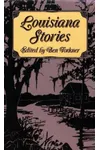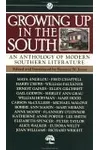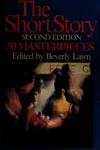Picture a Mississippi storyteller who spun tales of the South’s tangled heart—meet William Faulkner! Born in 1897, this Nobel Prize-winning novelist crafted intricate, experimental stories set in the fictional Yoknapatawpha County. His works, like The Sound and the Fury and As I Lay Dying, redefined American literature with their bold style and deep dive into the human condition.
Faulkner’s genius lay in his ability to weave complex narratives that captured the South’s troubled history, from racial tensions to family legacies. With a playful yet profound touch, he invited readers into a world both haunting and unforgettable. Let’s explore the life, works, and lasting impact of this literary titan.
The Making of William Faulkner
William Cuthbert Faulkner was born on September 25, 1897, in New Albany, Mississippi, and raised in Oxford. Growing up in the post-Civil War South, he soaked up stories of family, honor, and struggle. A high school dropout, Faulkner was a dreamer, dabbling in poetry and sketching before finding his calling in prose. Influenced by modernist writers like James Joyce, he began experimenting with narrative techniques, setting the stage for his revolutionary career.
His early years weren’t glamorous—Faulkner worked odd jobs, including a stint at a post office, while honing his craft. His first novel, Soldier’s Pay (1926), showed promise, but it was his deep connection to Mississippi’s landscapes and people that would define his legacy.
William Faulkner’s Unforgettable Stories
Faulkner’s novels are literary labyrinths, blending stream-of-consciousness, multiple perspectives, and nonlinear timelines. His fictional Yoknapatawpha County, inspired by his Mississippi roots, became the backdrop for masterpieces that explored the South’s moral and social complexities. Here are a few standouts:
The Sound and the Fury (1929) follows the Compson family’s decline through fractured narratives and raw emotion. Its daring style stunned readers and cemented Faulkner’s reputation. As I Lay Dying (1930) chronicles the Bundren family’s chaotic journey to bury their matriarch, blending dark humor with profound grief. Light in August (1932) tackles race, identity, and isolation, showcasing Faulkner’s knack for layered characters. Absalom, Absalom! (1936) weaves a tragic tale of ambition and legacy, often called his greatest work.
Faulkner’s style—dense, lyrical, and innovative—challenged readers but rewarded them with rich insights into human nature. His themes of time, memory, and the South’s haunted past resonate across generations, making his work timeless.
Why William Faulkner Matters
Faulkner’s impact on American literature is colossal. His experimental techniques influenced writers like Toni Morrison and Gabriel García Márquez, while his unflinching look at the South’s racial and cultural wounds sparked vital conversations. Winning the Nobel Prize in Literature in 1949, he was lauded for his 'powerful and artistically unique contribution to the modern American novel.'
Beyond awards, Faulkner’s stories endure because they wrestle with universal truths—love, loss, and the search for meaning. His ability to craft a fictional world as vivid as reality keeps readers returning to Yoknapatawpha County, proving his voice is as vital today as ever.
About William Faulkner
- Born: September 25, 1897, in New Albany, Mississippi
- Key Works: The Sound and the Fury, As I Lay Dying, Absalom, Absalom!
- Awards: Nobel Prize in Literature (1949), two Pulitzer Prizes
- Died: July 6, 1962, in Byhalia, Mississippi
Snag The Sound and the Fury and dive into William Faulkner’s mesmerizing world of Southern gothic brilliance!

